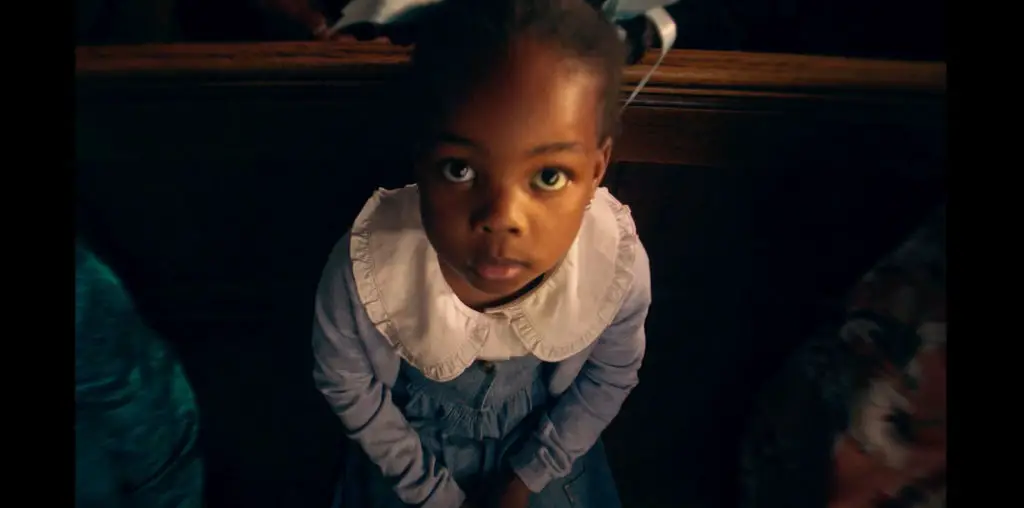
A few days before Manners of Dying opened in Toronto (Carlton Cinema, October 28, 2005), James Wegg caught with up with first-feature director Jeremy Peter Allen and versatile character actor Serge Houde (Arcand’s Love & Human Remains – Bell’s Eighteen) and, like the film itself, probed two points of view of the same events.
Houde plays Harry Parlington, a by-the-book prison director who prides himself on sympathetically and painlessly dispatching all condemned men after their death row stint has expired.
“My agent told me about the project while I was working in Vancouver—as a character actor you never get the chance to play roles like this. I had to audition alongside forty others. For my tape I wore a suit and settled into a severe look and did the lines with a wall of cinder block as the backdrop. From reading the script I knew there was a big trap: repeating the same sequence in eight different ways, I’d have to be rock steady, but also find subtleties to work into each segment. Less is more. I had no choice, but I trusted the lines and the camera and sought out the moments: to blink, or not; stare or gaze, the work of Ben Kingsley came to mind,” recalled Houde.
“If I hadn’t been caught in a snow storm with a friend who happened to have a book of Yann Martel’s short stories, this film might never have been made,” said Allen. “I was immediately struck by the life and death cycle, like a ‘Theme and Variations’ and sensed the potential for a powerful film, but not as a political statement. I saw it more as Man vs. Machine, where the “machine” is the system. Unfortunately, the rights had already been sold, but in another ironic twist, Martel showed up at a screening of my Requiem contre un plafond [short film 2001] with the news that the option had expired. I immediately began seeing every death penalty film available—Dead Man Walking is the benchmark—then, after securing a producer (Yves Fortin), started to write and the search for the cast.
With such a small budget, signing Roy Dupuis [as the doomed inmate, Kevin Barlow] didn’t seem possible. We never even met—the script sold it! The role of Parlington was also problematic, but as soon as I saw Serge’s tape, I knew that this was the guy who could pull it off.”
“I first met Roy a week before the 19-day shoot at a read-through—we both arrived wearing sandals, shorts and loud Hawaiian shirts. We slipped into our roles immediately, knowing that the next few weeks would be very demanding and intense. Working together was like playing tennis at a level we’d never experienced before. We shot the extraction and procession to the execution room [Allen opted for injection rather than Martel’s hangings] in pairs. One of those had us playing backgammon through the prison bars, then Roy held onto the dice and took his final steps down the corridor based on the number that came from each toss. At one point he said ‘I don’t know if this is working.’ I responded by pulling up my shirt sleeve so that he could see the goose bumps,” said Houde.
“We managed to find a decommissioned women’s prison in Québec City. That was key because Roy had made it clear from the beginning that the intensity required of him in the part could not happen on a sound stage. We virtually had the place to ourselves, but as the shoot progressed the power of the performances and the script got to some of the crew. In my own research, I discovered that everyone responsible for executions, such as Reverend Carroll Pickett who presided over 121 deaths had a personal breaking point and had to get out too. Not surprisingly, we laughed a lot and play practical jokes on ourselves to keep our sanity,” explained Allen.
Houde spends a good deal of camera time dictating the letters of condolence (one for each “version” of the execution) to Barlow’s mother. Accordingly, Dupuis was finished a few days earlier.
“We all felt an incredible sense of loss after Roy left,” said Houde. “Beyond the parameters of the script, Jeremy gave us a free hand—we just let it go. Working together was invigorating—it was what I’m trained to do but this was on a much larger scale than the norm. When the performance ended, I felt like Pavarotti, standing arms outstretched to take in all the emotion that filled the room.”
“I took Éric Pfalzgraf’s advice and boosted the music line so that real singers and musicians could be used for the tracks. But the trade-off landed me the additional function of editor. Every step of the way I discussed it a lot with Yves and showed it to people from Telefilm, CBC and filmmaker friends of mine. I asked them to tell me—don’t be kind!—what’s not working? We’d had a very limited amount of time and even had to cut one of the sequences—that was the only time Roy and I had a serious disagreement—so couldn’t make mistakes.
One of the best reactions so far was when we played the film at a festival in Goa and our Indian hosts said ‘You understand us so well … deceptively simple material, surprisingly powerful result.’”
Let’s hope Allen, armed with a full-figured budget, will be put back to work in another project soon. Having so successfully tackled the issues of life and death, who knows what other insights into the human experience he will bring to the screen.
